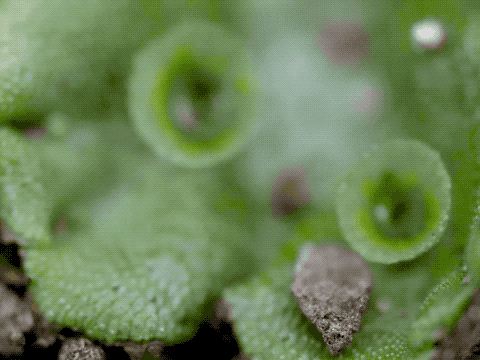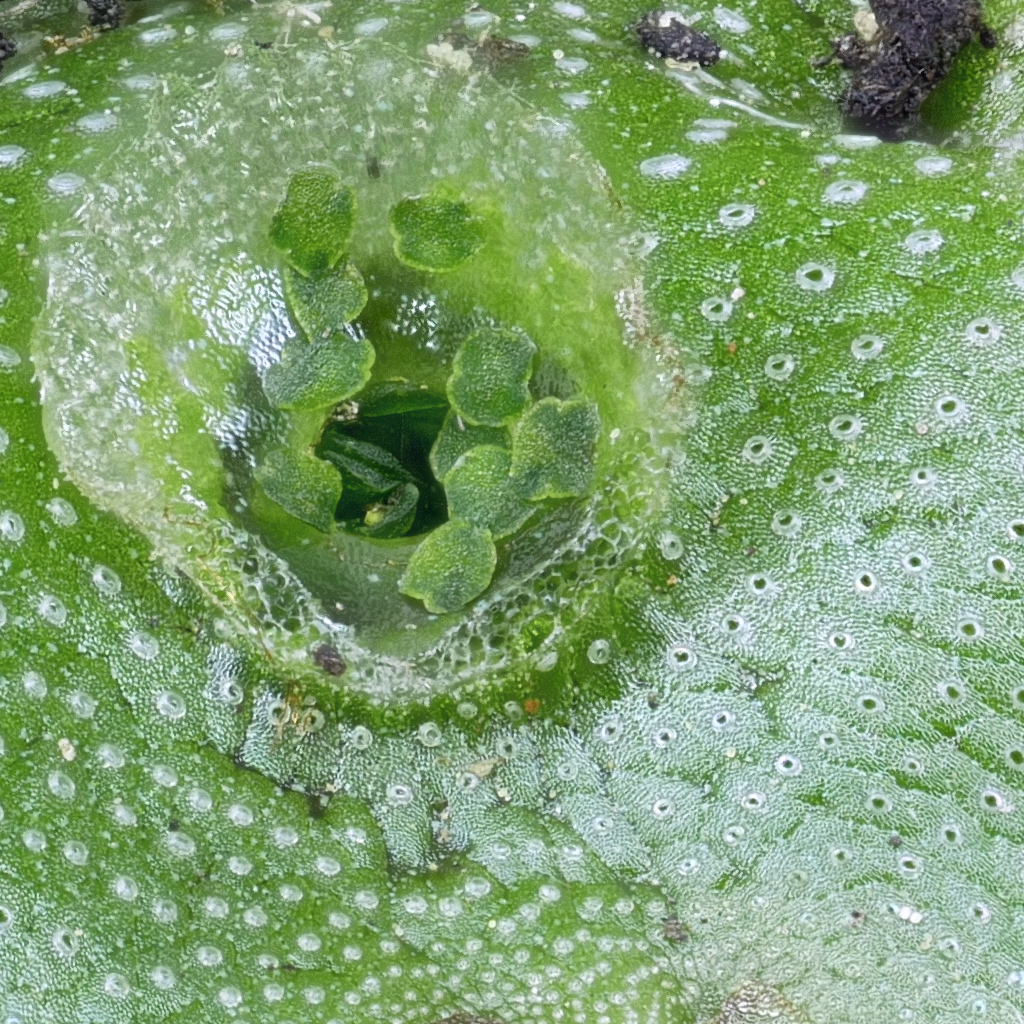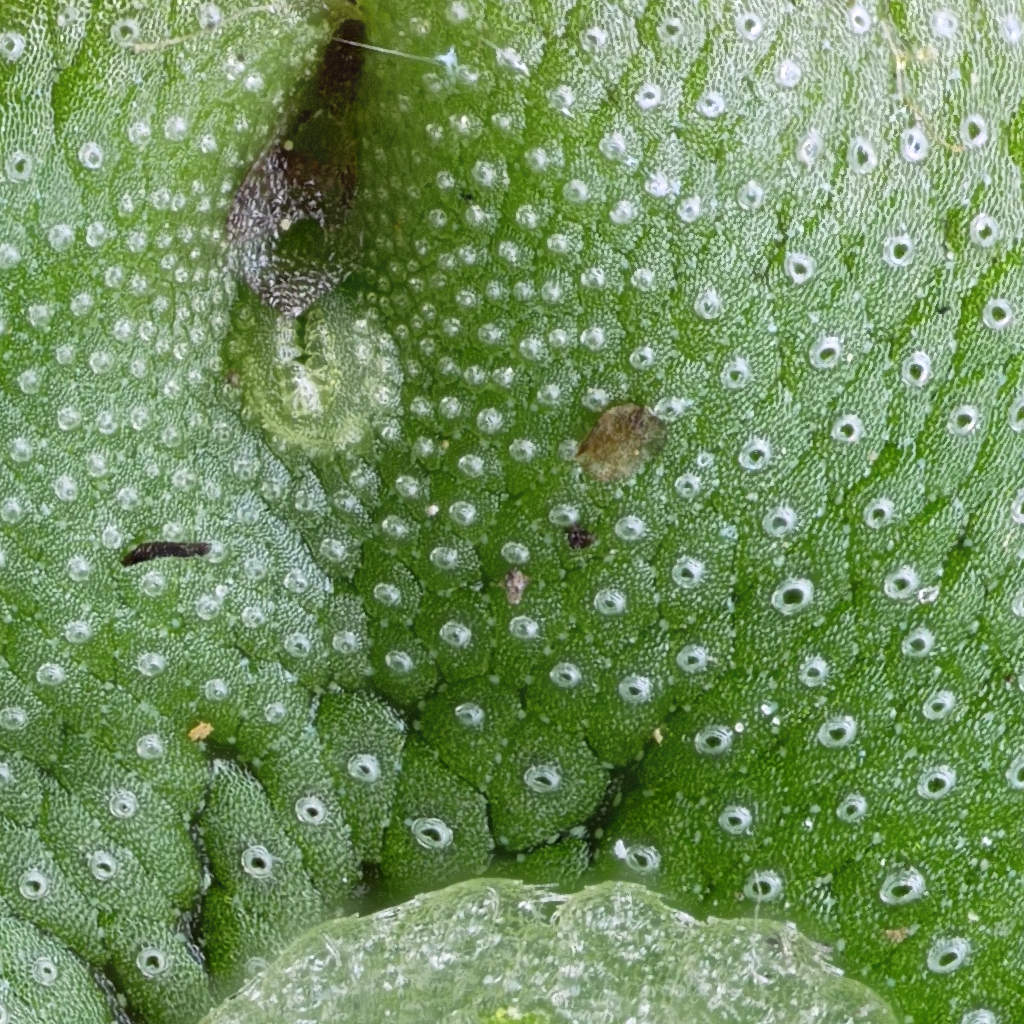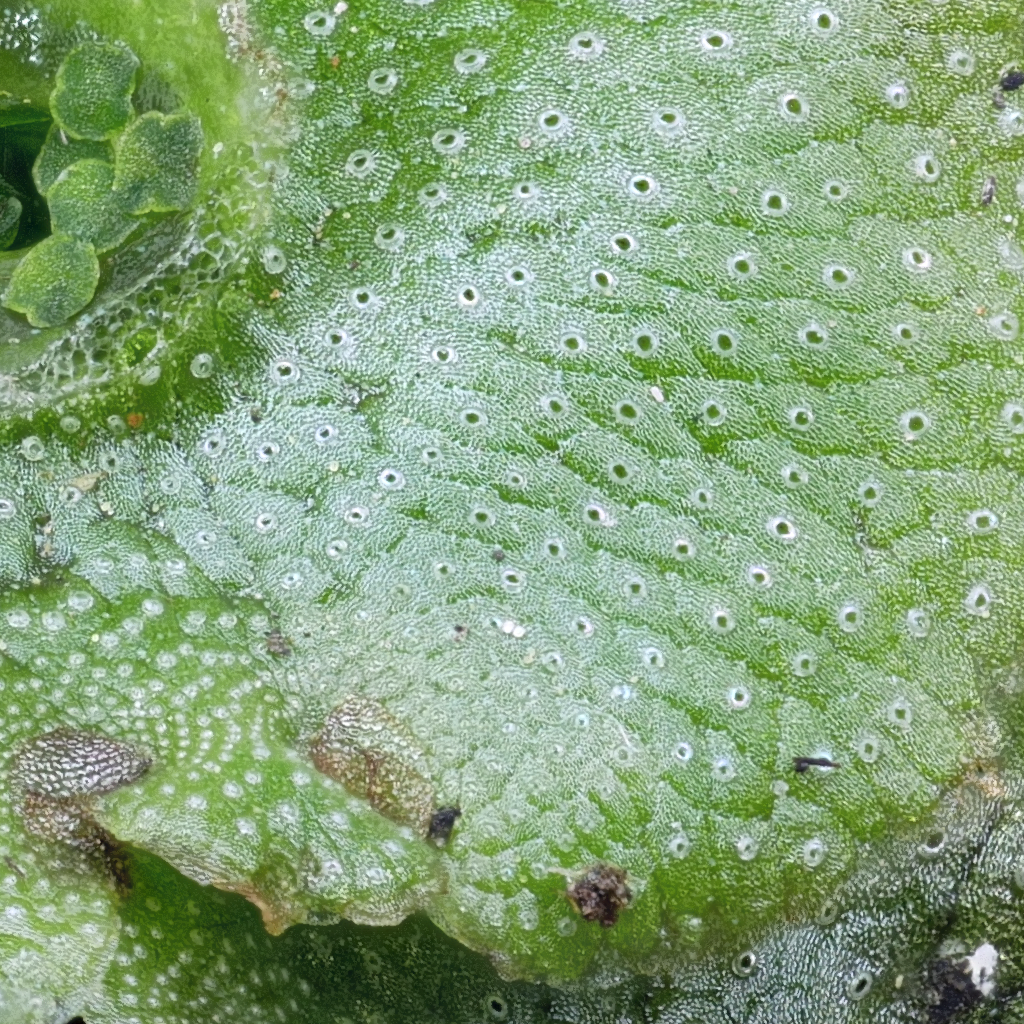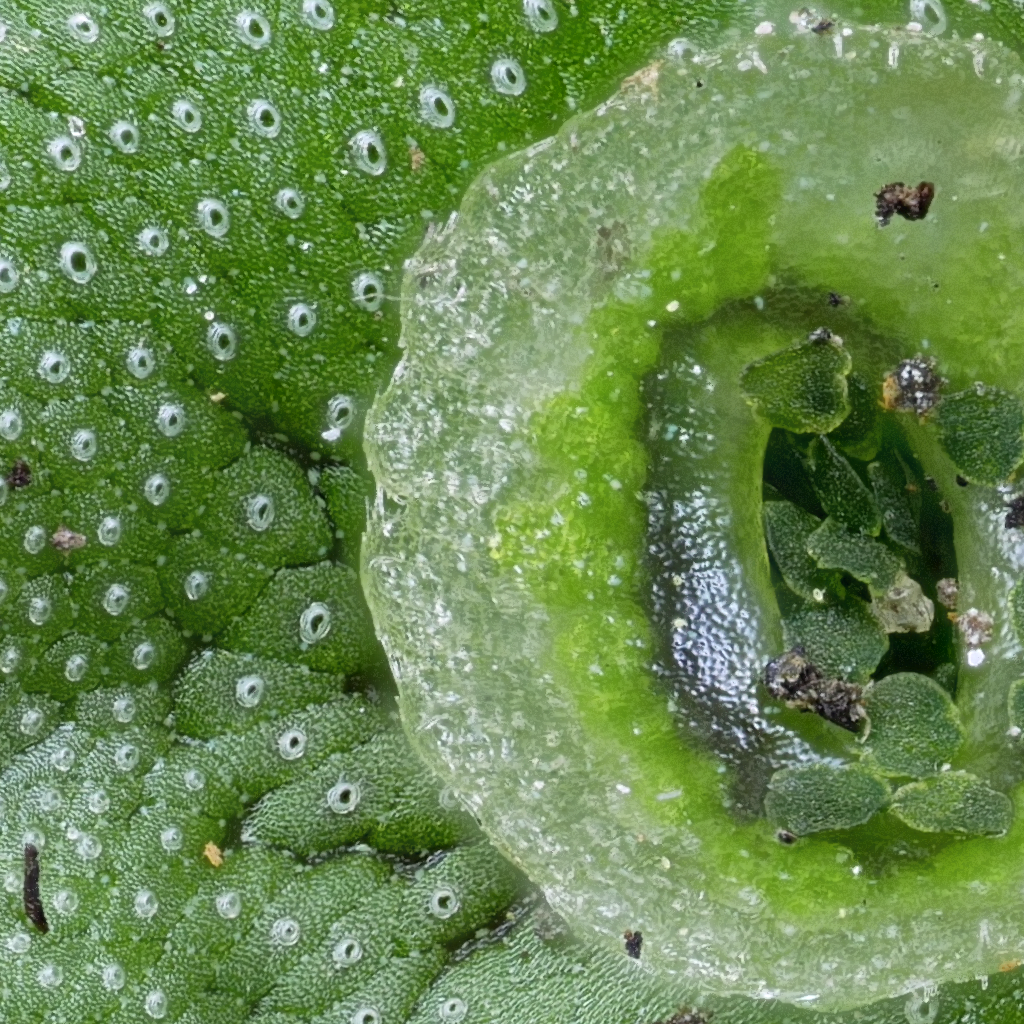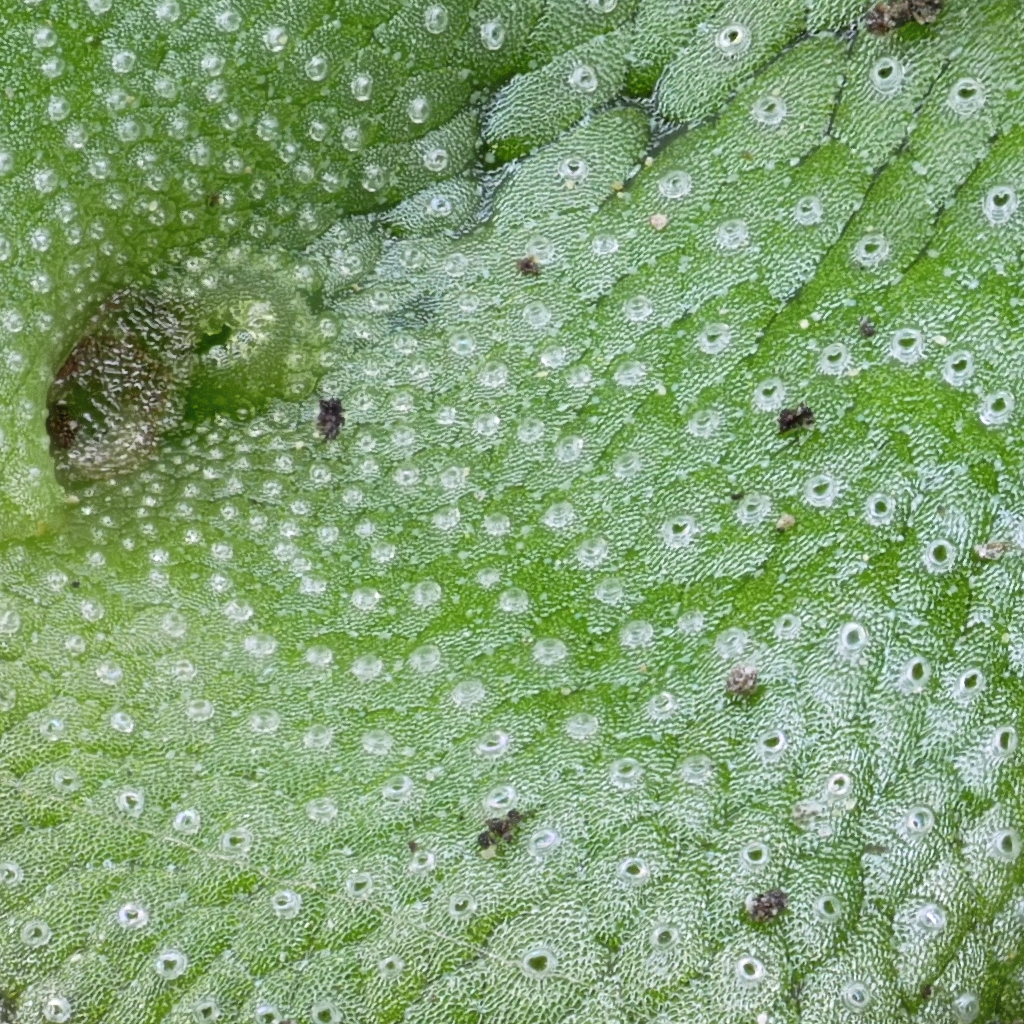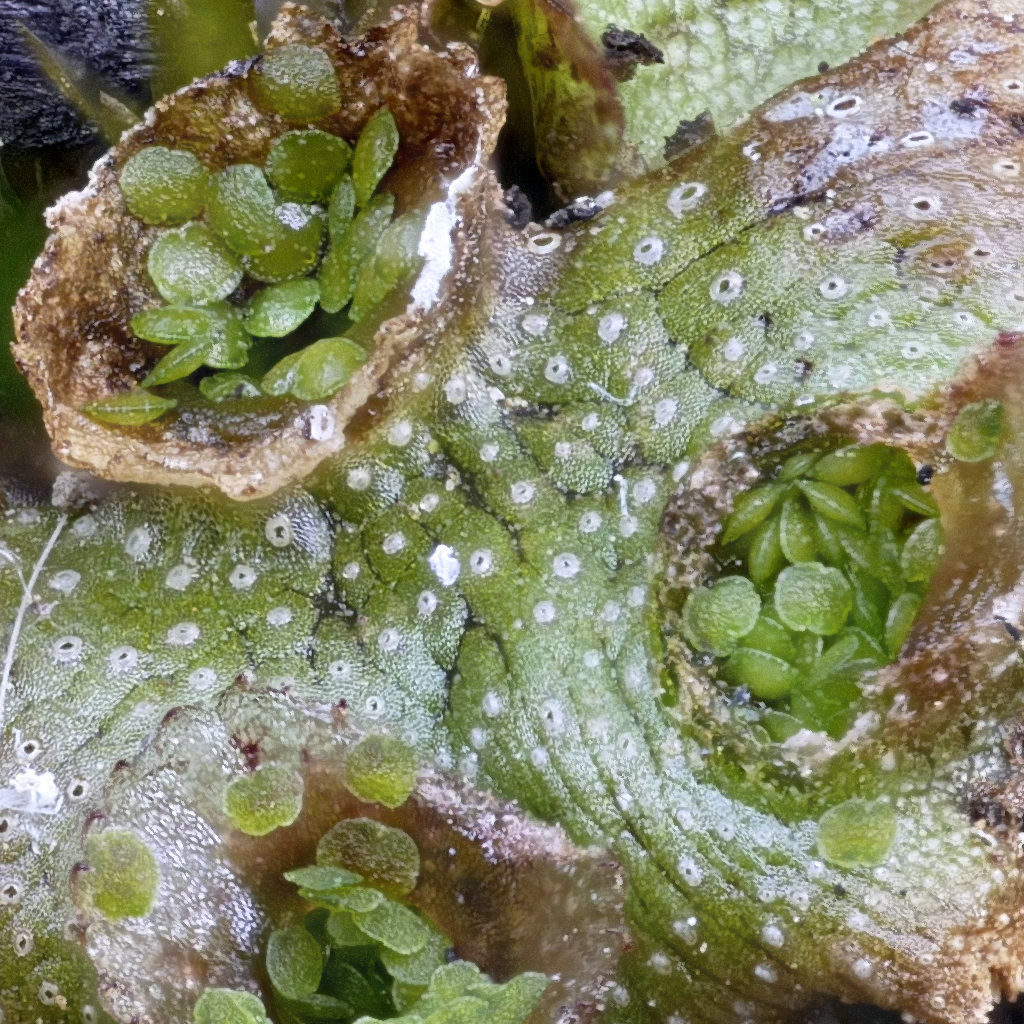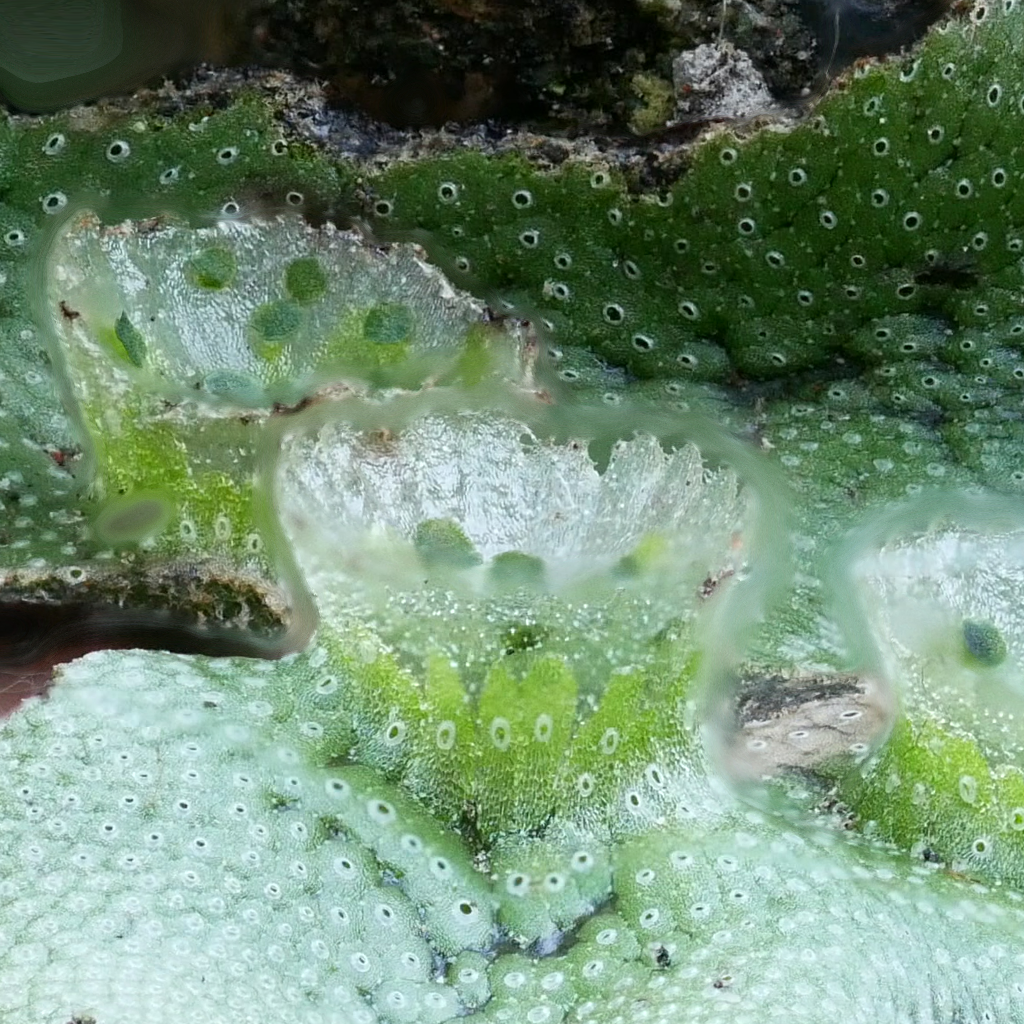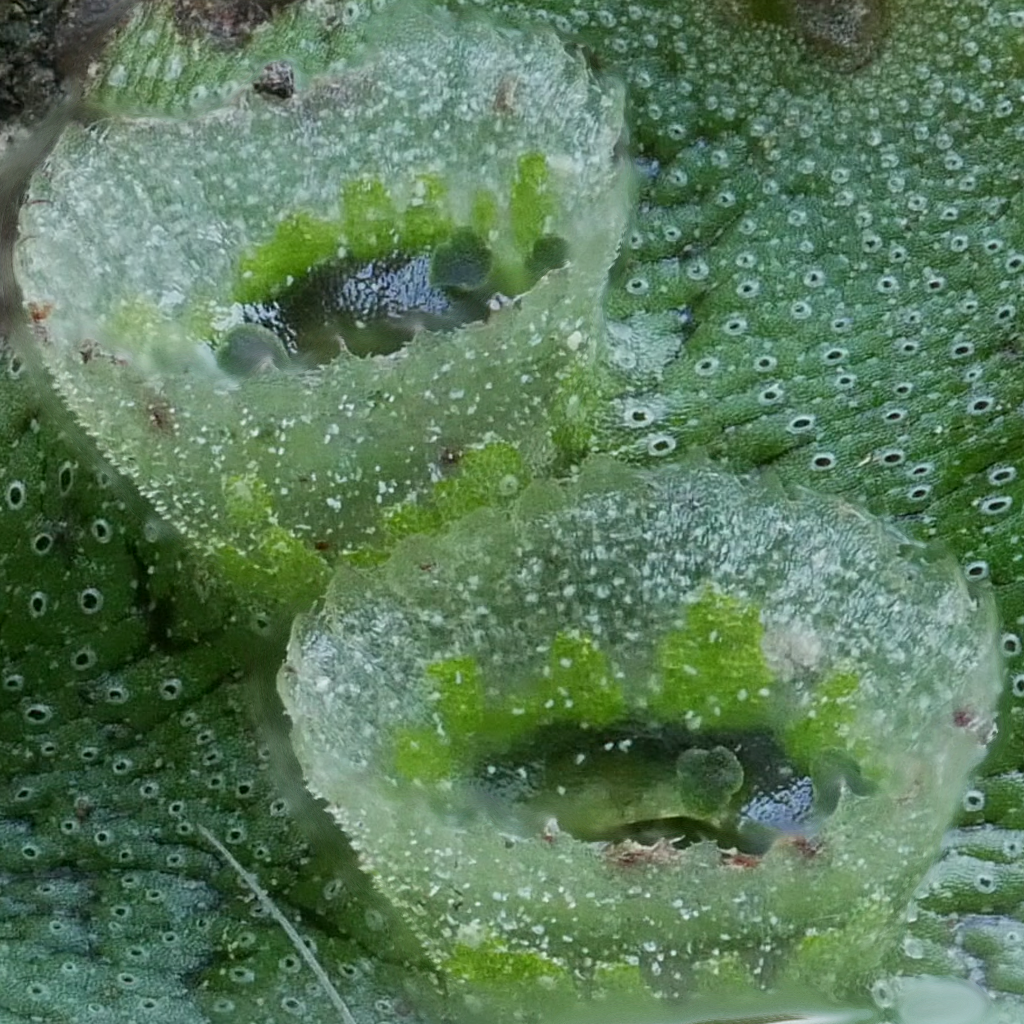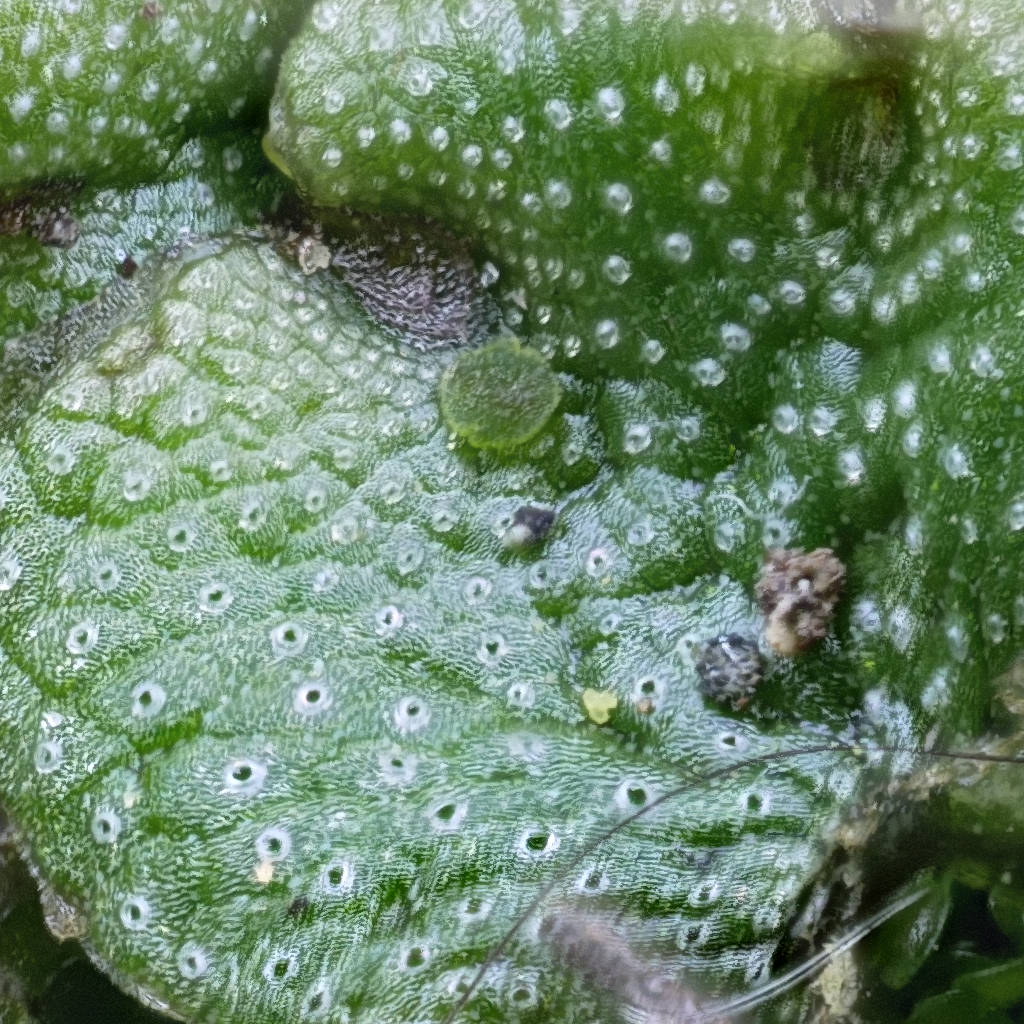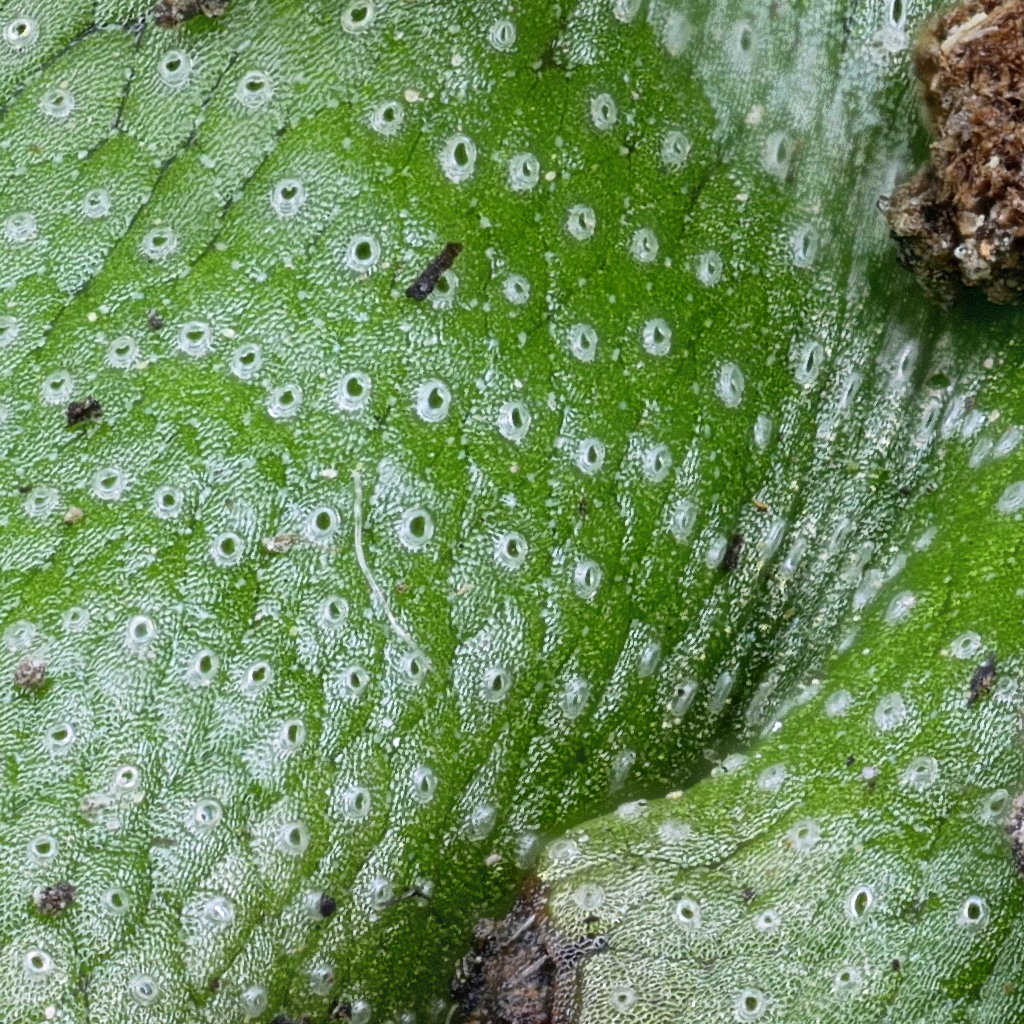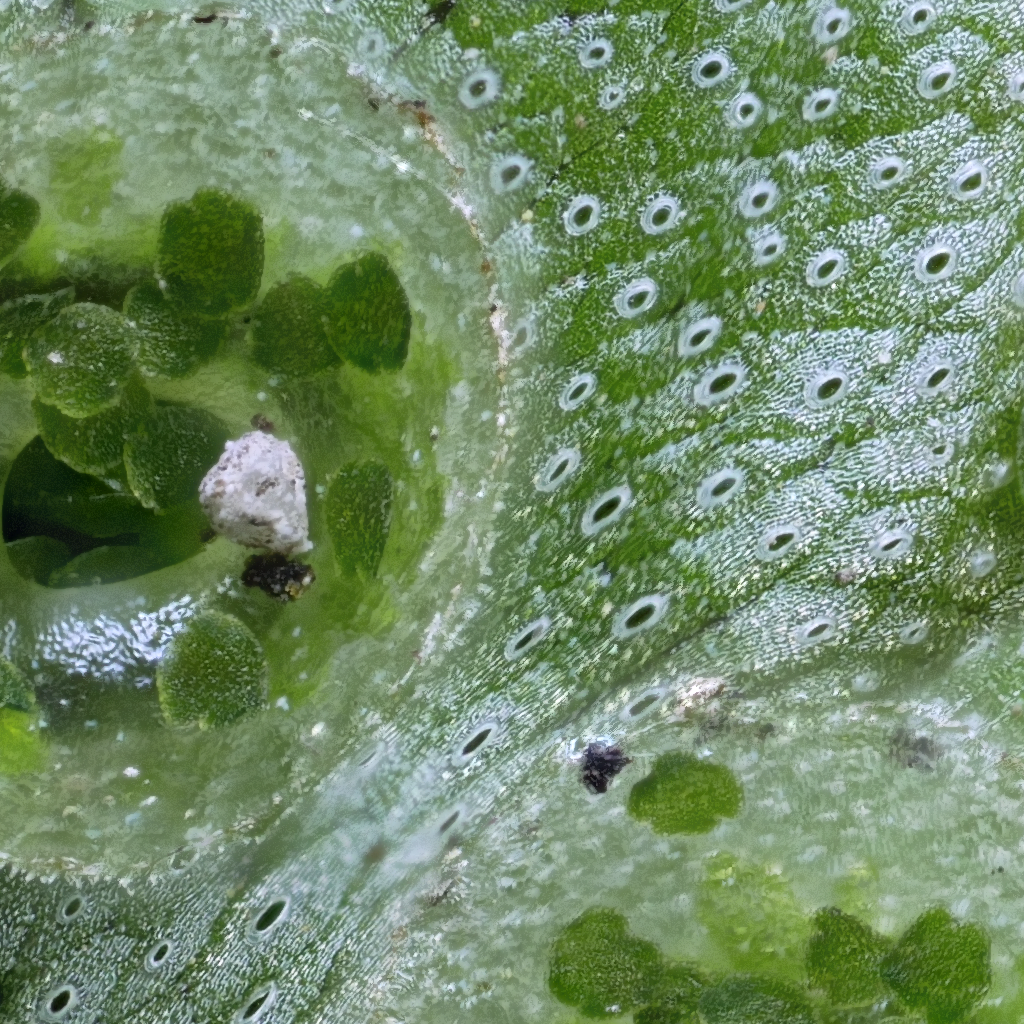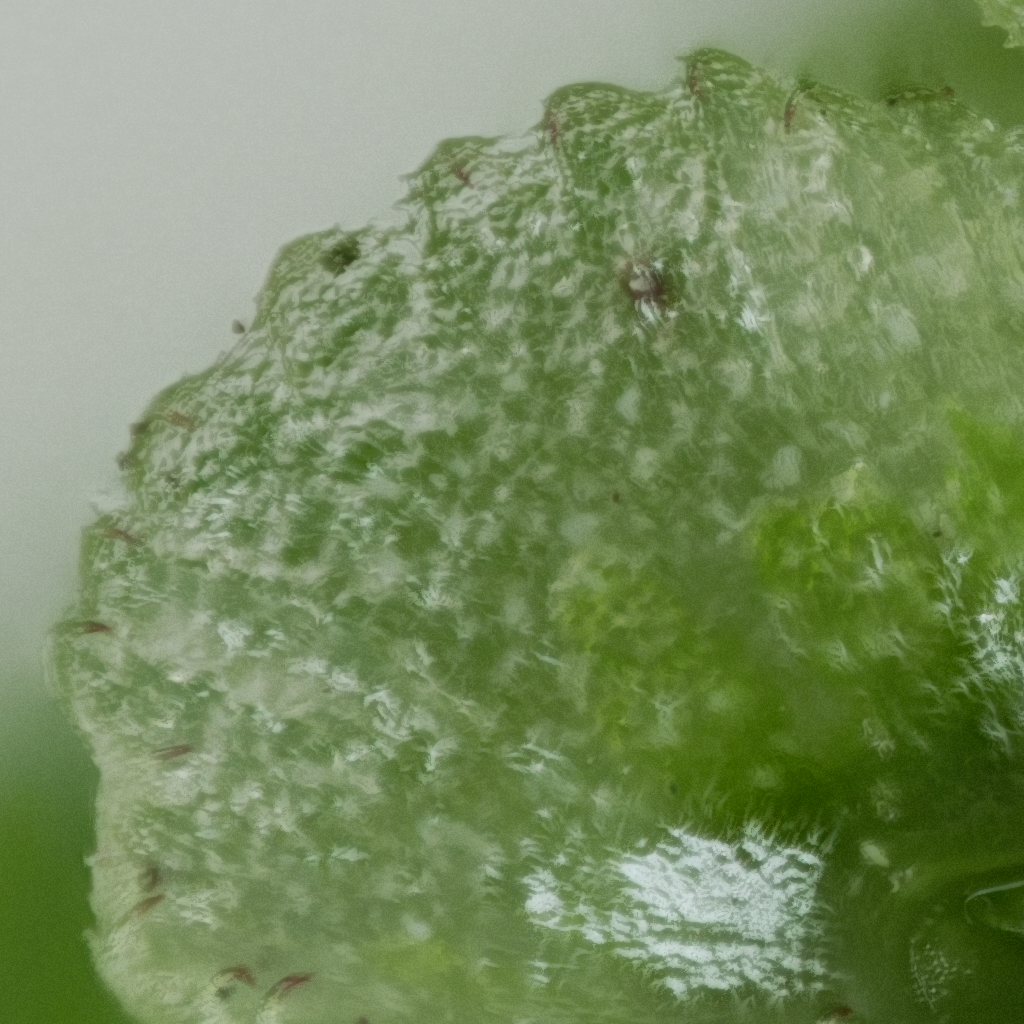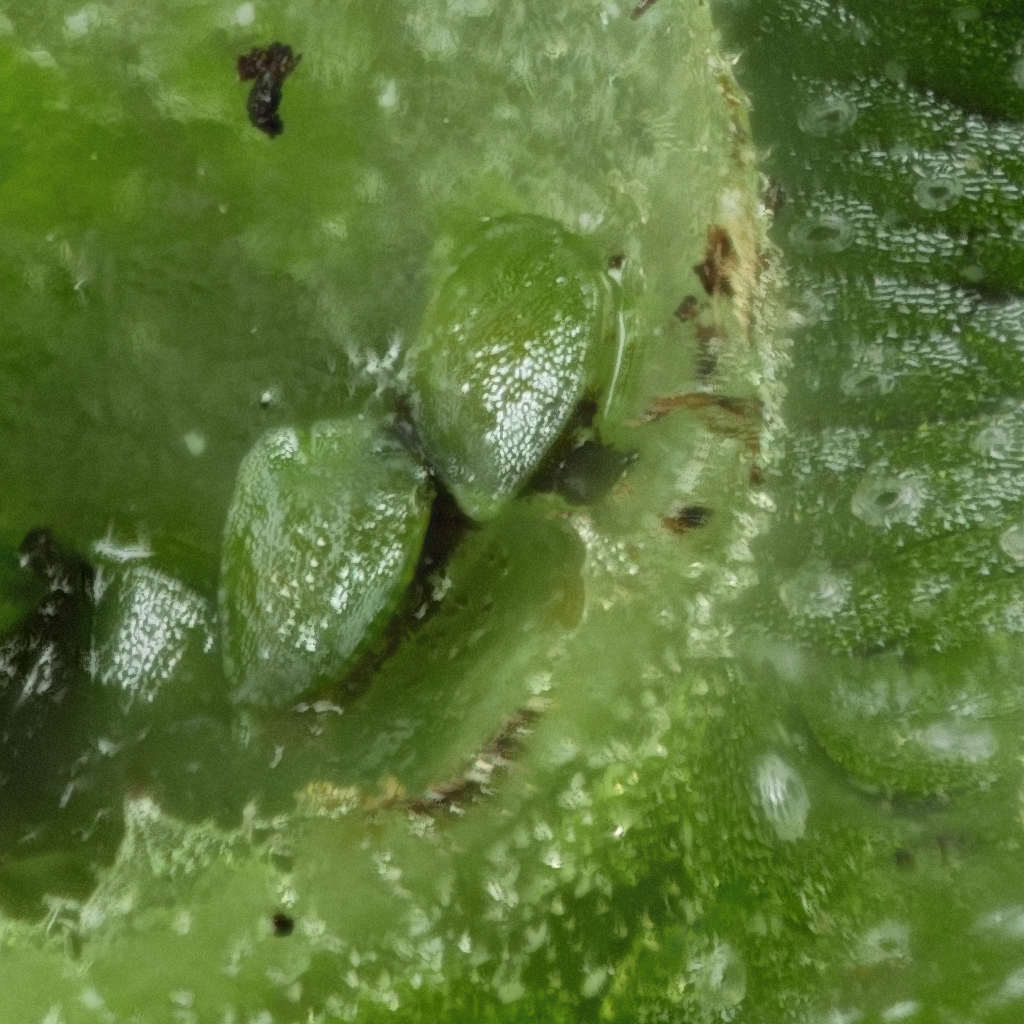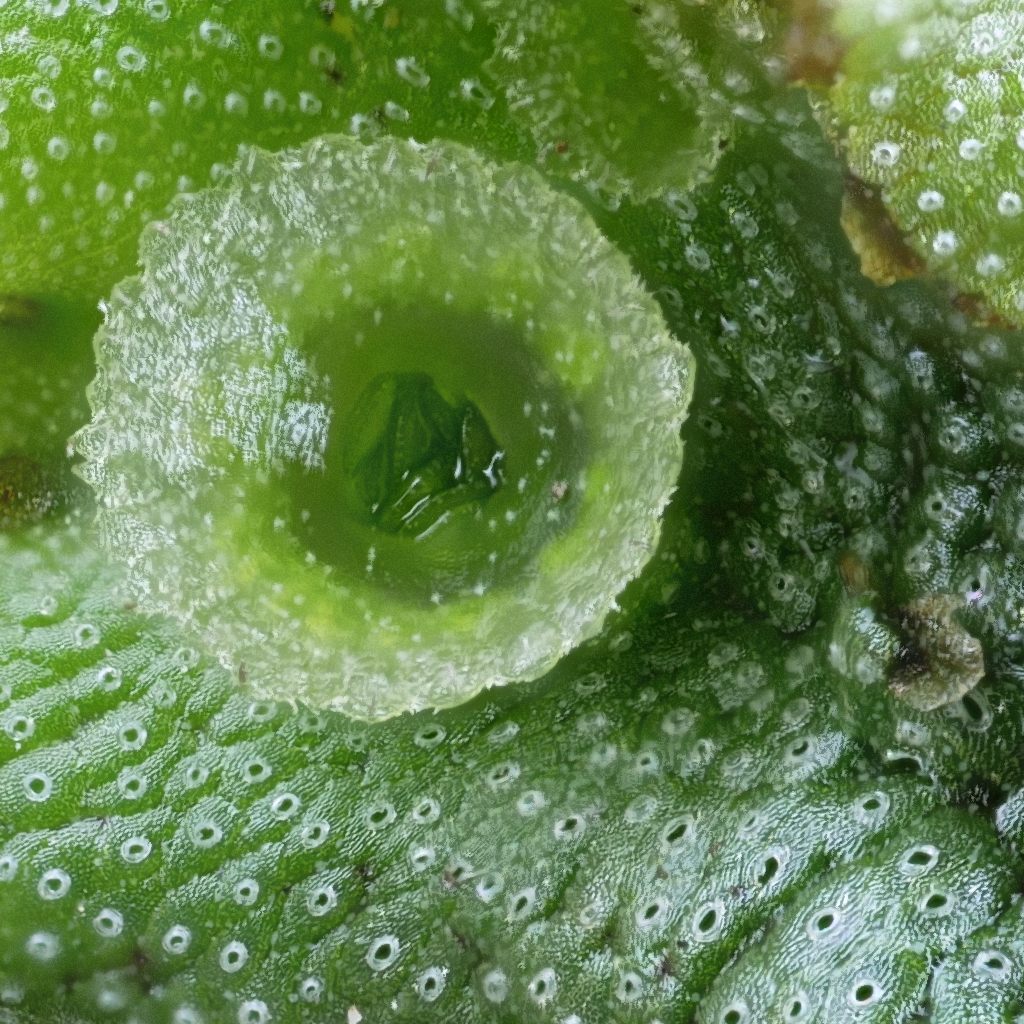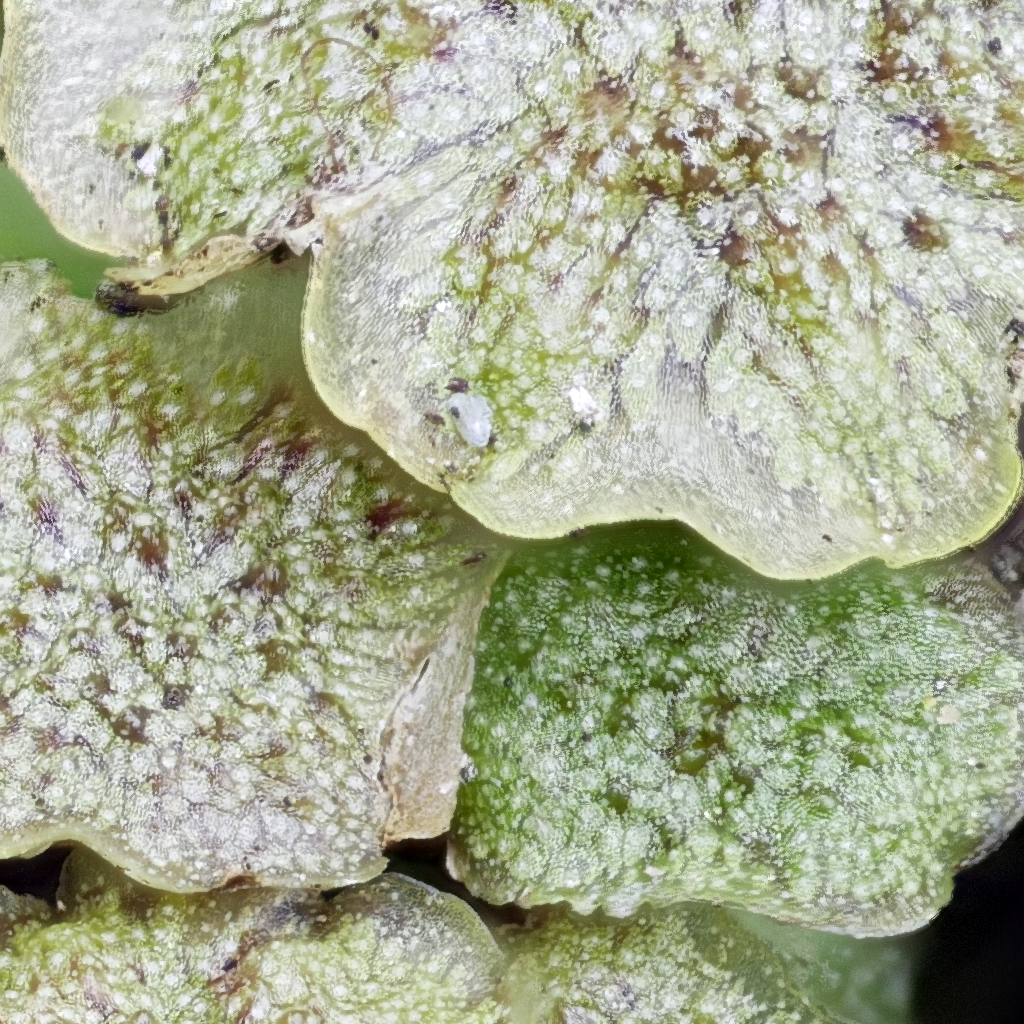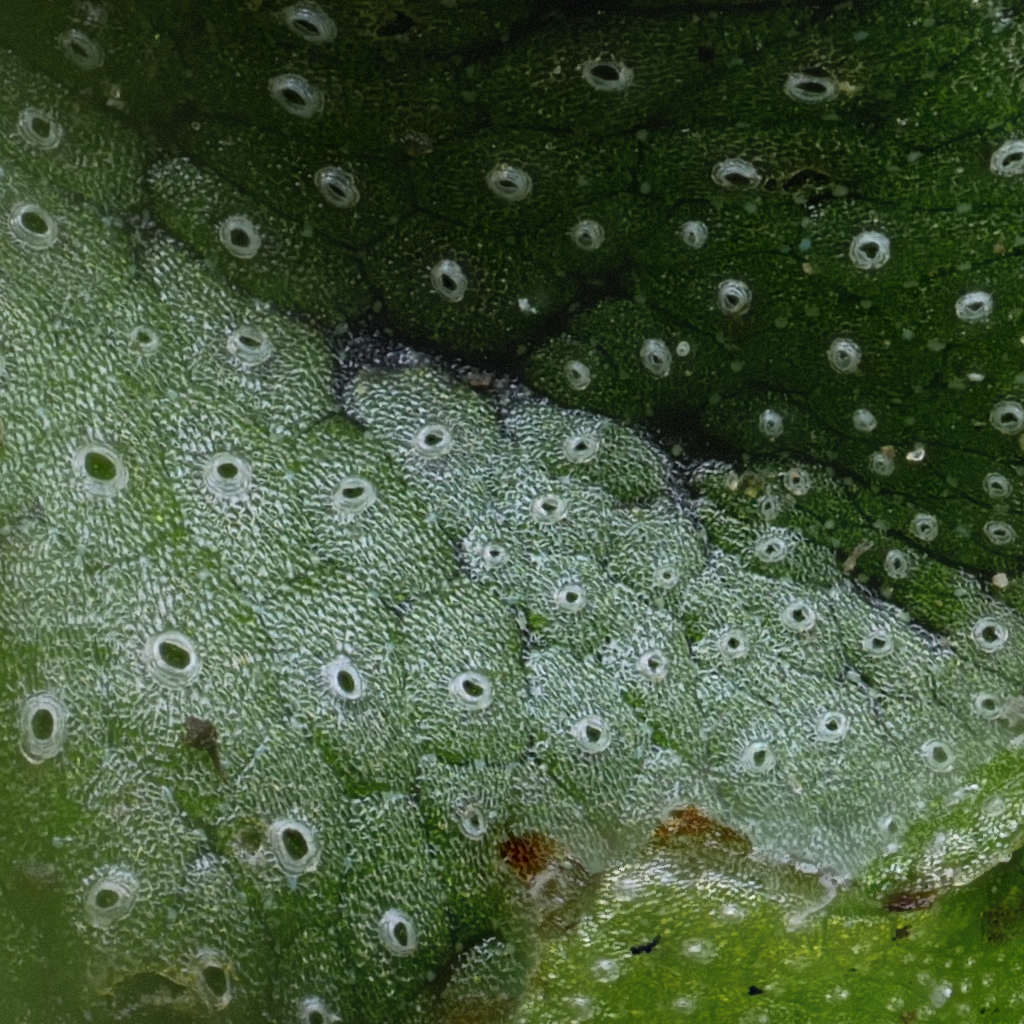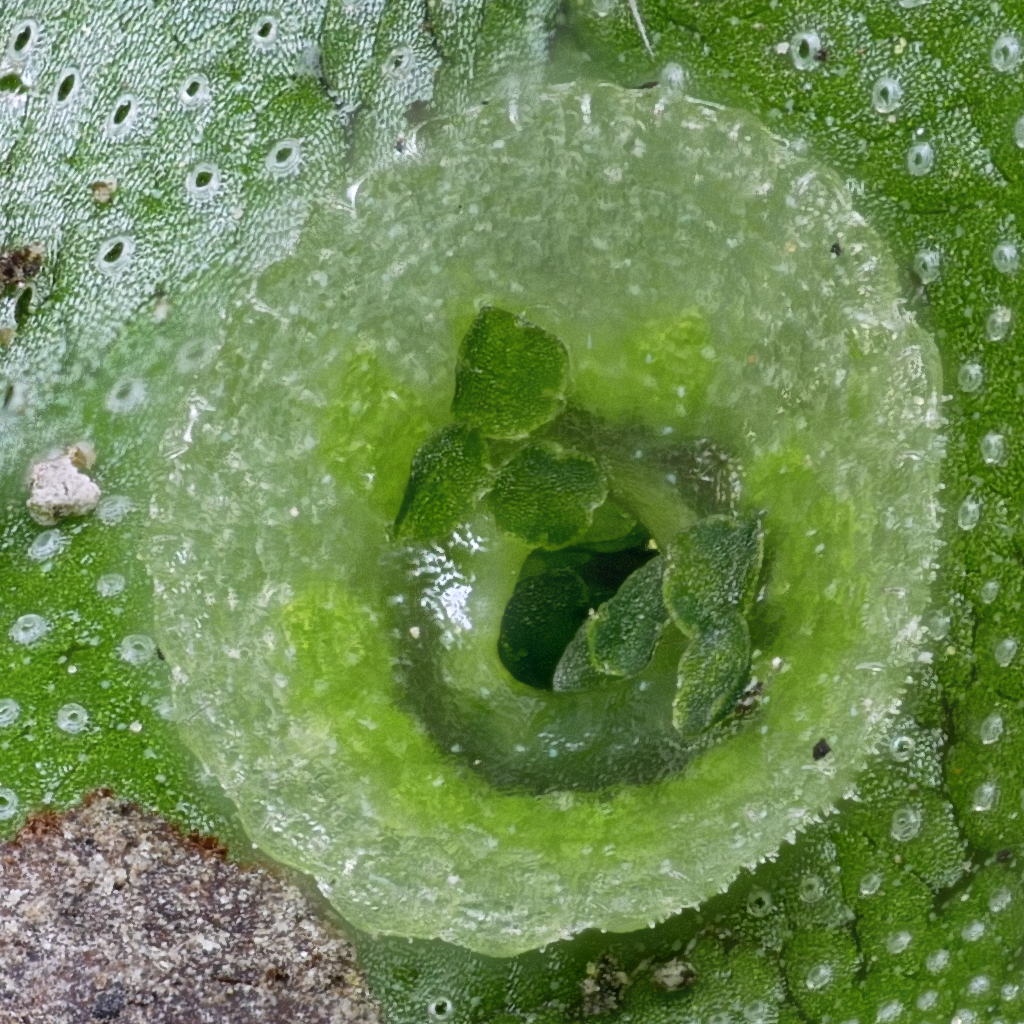Mk I Handheld Macroscope (Spring 2017)

Original setup for high resolution handheld macrophotography
1. Panasonic Lumix GX80 camera with 16 megapixel 4/3" sensor, image stabilisation, 4K video, focus bracketing and image stacking
2. Neewer 10mm extension ring for micro four thirds camera
3. Olympus 60mm F2.8 macro lens
4. 46-43mm adapter ring
5. Raynox DVC-250 achromatic 10 diopter close-up lens
6. Kaavie video ring light with LED and under camera battery pack.
The combination of 10mm extension ring and DVC-250 with the Olympus 60mm macro lens provides magnified close-up observation, while maintaining good working distance, autofocus and image stacking. Loss of optical performance was seen with larger sized extension tubes and higher magnification close-up lens adapters.
Mk II Handheld Macroscope (Summer 2017)
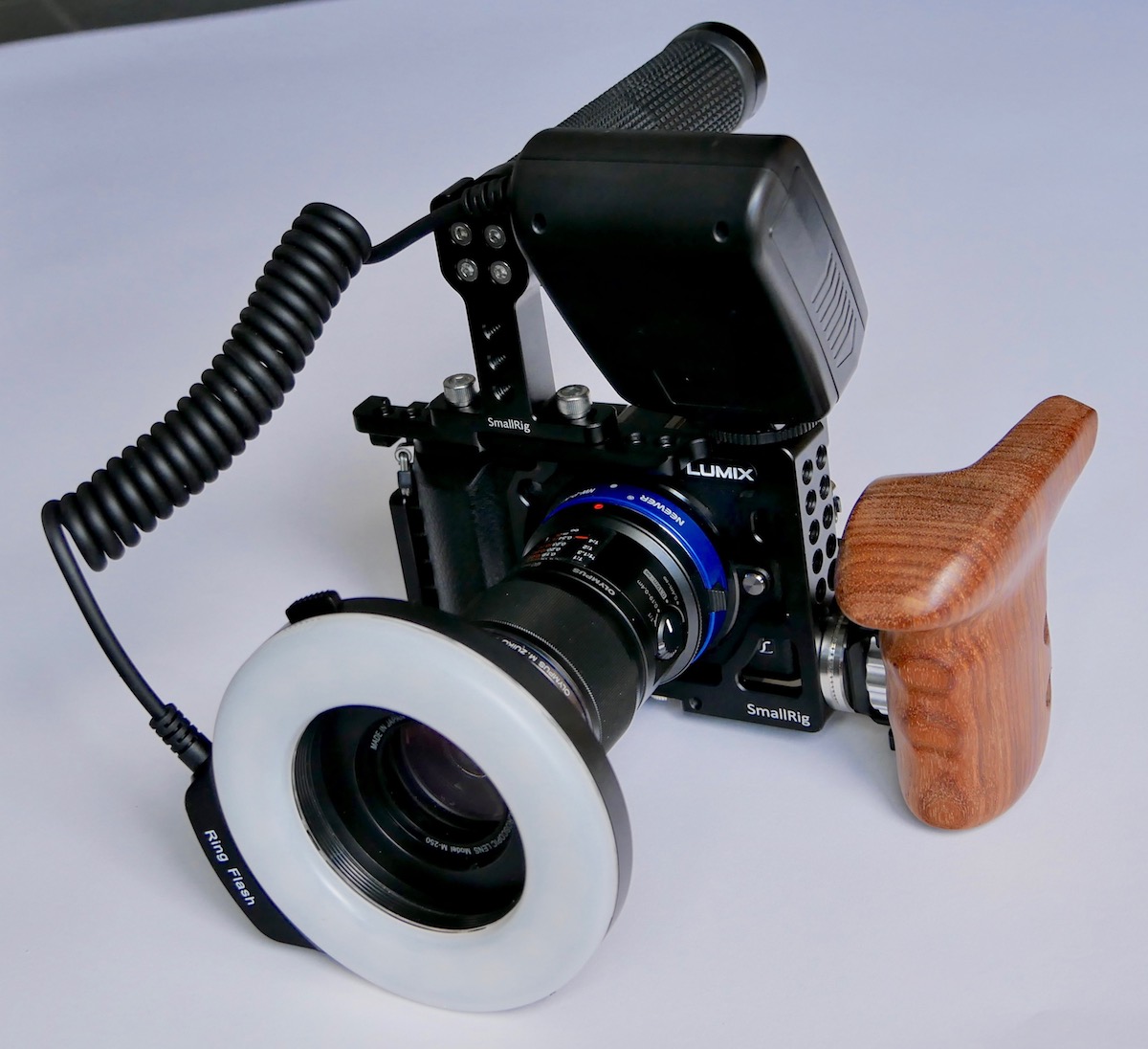
Modified setup for high resolution handheld macrophotography.
Core camera and optics setup unchanged:
1. Panasonic Lumix GX80 camera with 16 megapixel 4/3" sensor, image stabilisation, 4K video, focus bracketing and image stacking
2. Neewer 10mm extension ring for micro four thirds camera
3. Olympus 60mm F2.8 macro lens
4. 46-43mm adapter ring
5. Raynox DVC-250 achromatic 10 diopter close-up lens
Plus:
6. SmallRig camera cage for GX80 (1828)
7. Top handle (1447),
8. Left side wooden handle (1891) and ARRI rosette mount (1589)
9. Yeeteem 18 Macro LED Ring Light RF-600D with hi-power LEDs and diffuser ring
Comments: The camera is easier to hold and position, but still needs improvements in (i) camera support to avoid jitter during image collection (see information about tripod for field use), and (ii) the angle of the LEDs in the ring light is not optimal for extreme macro work, where the subject may be ~1-2 cm from the light source.
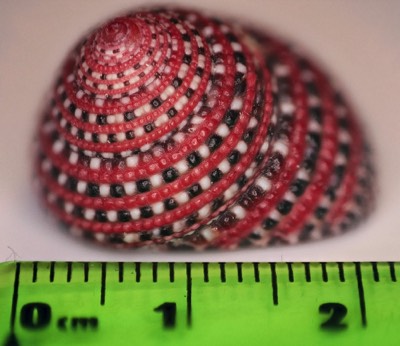
A target for testing
The importance of extended focus bracketing can be seen here, using a small (~2 cm) patterned sea shell as a target for imaging. The Panasonic GX80 camera was supported by tripod and used to collect a 4K video clip that swept through the field of view - using the camera's automatic setting. The resulting clip was edited to produce a clear front-to-back sweep, and exported to Helicon Focus to produce a extended focus image (below right). This is compared to a single frame of the original movie (lbelow left).
Equivalent images can be seen for the extended focus modes on the Olympus TG-4 and TG-5 compact cameras - click here (The Panasonic offers 10-20 fold deeper focus stacks, video-rate acquisition and higher resolution - but isn't waterproof, and won't fit in your pocket like the Olympus cameras!)
The Panasonic GX80 will capture an entire scene, finding a point of focus, racking forward and then sweeping through different planes of focus across the scene. The resulting 4K video clip has a resolution of 3840 × 2160 pixels, and can be directly imported to a computer for editing. Clips were trimmed to remove stray focus seeking at the beginning and end of the sequence. A rescaled version of the edited sequence is shown right. The full edited movie consists of 176 frames of 8 megapixels, captured automatically in a few seconds (30 fps), was directly imported into Helicon Focus for frame alignment and focus stacking.
Some real-world examples are shown below - with our favourite subject, Marchantia polymorpha. For these images, the camera was propped next to the plant, either braced against the ground, or supported on a mini-tripod. Image stabilisation was used in camera, and the focus-stacking software provides image registration for small movements between frames.
Some real-world examples are shown below - with our favourite subject, Marchantia polymorpha. For these images, the camera was propped next to the plant, either braced against the ground, or supported on a mini-tripod. Image stabilisation was used in camera, and the focus-stacking software provides image registration for small movements between frames.
